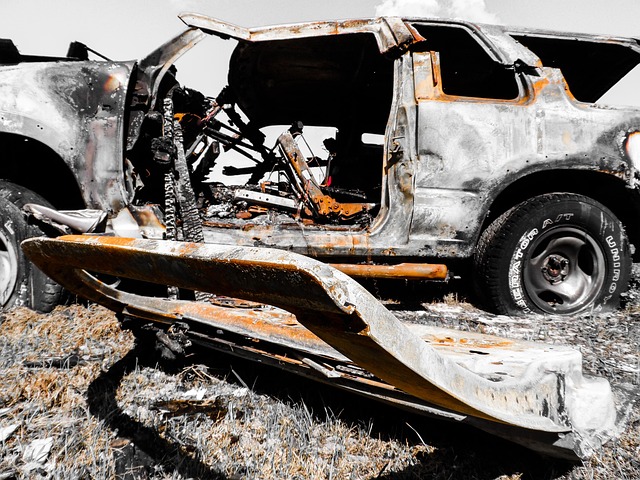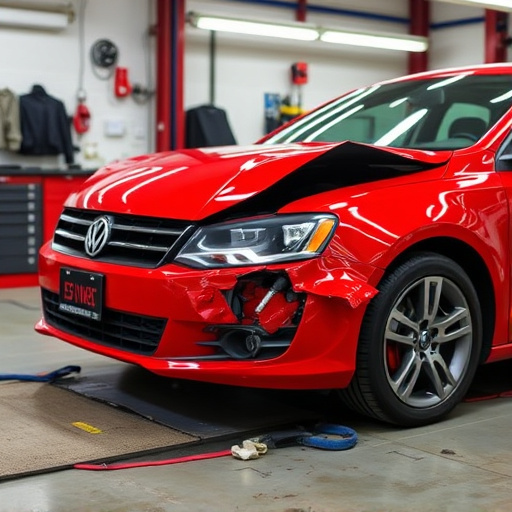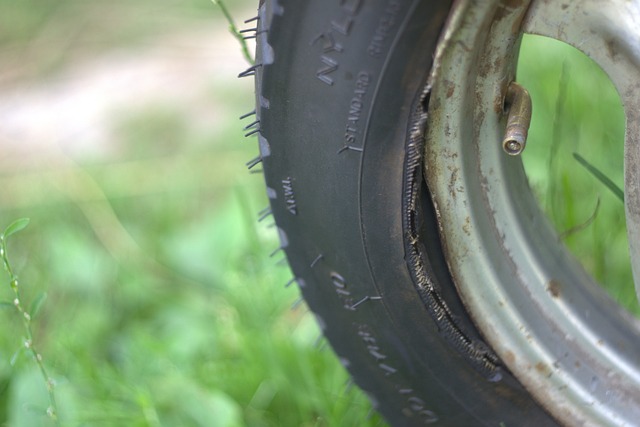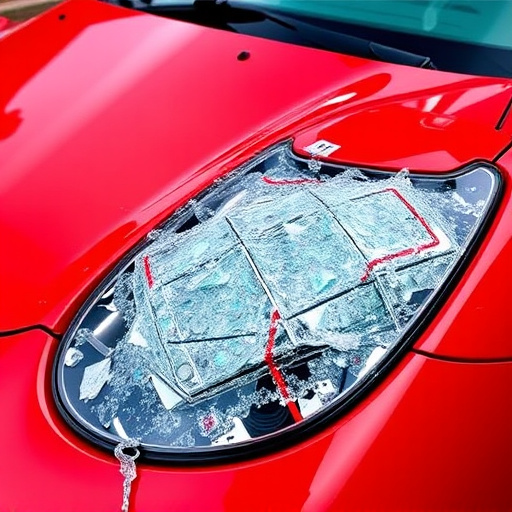A total loss assessment is a crucial process for car owners, determining if repairing a vehicle after an accident or significant wear and tear is cost-effective. Professionals meticulously evaluate structural integrity, operational systems, and parts availability, comparing repair estimates to the car's pre-incident market value, age, and depreciation. This understanding helps owners make informed decisions about their vehicle's future, whether through insurance recommendations of selling via auction or recycling.
Wondering if your car is considered totalled? Understanding the concept of total loss assessment is crucial. This comprehensive guide breaks down what constitutes a total loss, delving into key factors used by insurance companies and evaluators. From damage extent to vehicle age, discover the elements shaping this decision. Learn how the evaluation process works, and gain insights into navigating the aftermath. By understanding total loss assessment, you’ll be better equipped to make informed decisions regarding your vehicle’s future.
- Understanding Total Loss Assessment: What Does It Mean?
- Factors Determining a Car's Total Loss Status
- The Process of Evaluating and Deciding Total Loss
Understanding Total Loss Assessment: What Does It Mean?
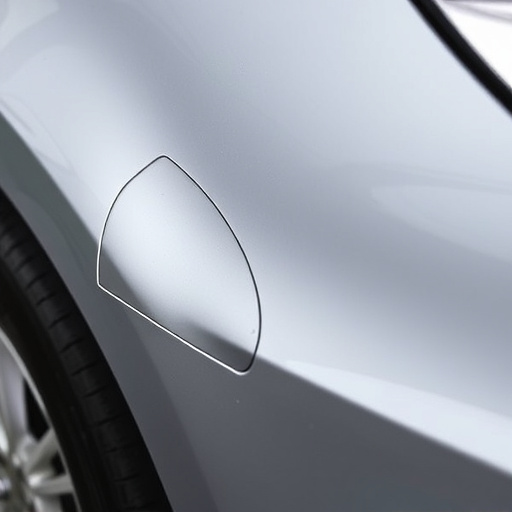
A total loss assessment is a crucial process that determines whether your vehicle is beyond economic repair, often following damage from an accident or significant wear and tear. This assessment goes beyond simply looking at visible damage; it considers the cost of repairs versus the current market value of the car. If the estimated repair costs exceed the vehicle’s worth, it’s deemed a total loss.
This process involves a thorough inspection by professionals who consider factors like structural integrity, operational systems, and parts availability. In the event of a total loss, insurance companies or collision repair shops may recommend either selling the car as is through an auction or recycling it, depending on local regulations and the vehicle’s condition. Understanding this assessment is key for car owners to make informed decisions regarding their vehicles’ future after an incident, and they can always seek advice from reputable auto repair services or collision repair shops.
Factors Determining a Car's Total Loss Status

Determining a car’s total loss status involves several key factors that automotive professionals consider during a thorough total loss assessment. One of the primary considerations is the extent of damage sustained in an auto collision or incident. This includes evaluating the condition of the vehicle’s structure, chassis, and major components such as the engine, transmission, and suspension systems. Severe dents, crumple zones beyond repair, or completely shattered parts often indicate a total loss.
Additionally, the cost of auto collision repair plays a significant role in the decision-making process. Even if individual components can be replaced, the overall repair bill might surpass the car’s pre-incident value. Insurance companies factor in the age and depreciation of the vehicle as well, ensuring that repairs are financially viable compared to replacing it with a new or slightly used model. Consulting with an automotive body shop can provide insights into these considerations, helping owners understand whether their vehicle qualifies as totalled under current market standards.
The Process of Evaluating and Deciding Total Loss
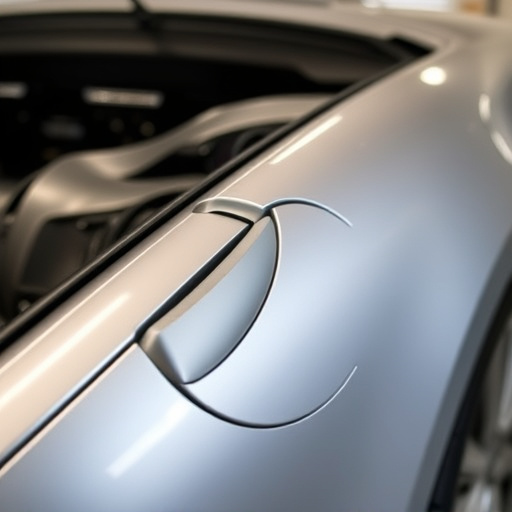
Determining total loss for a vehicle involves a meticulous process of evaluation that goes beyond mere visual inspection. It starts with assessing the extent of damage to both the structural and cosmetic elements of the car. Auto body repair experts will scrutinize the frame, chassis, and major components, checking for any significant displacement, deformation, or failure. This initial check is crucial as it helps establish whether the vehicle’s structural integrity has been compromised.
The next step involves estimating the cost of repairs versus the current market value of the car. Auto repair services can provide detailed quotes for replacement parts and labor, which are compared against the car’s pre-accident worth. If the estimated repair costs significantly exceed the vehicle’s value, it often signifies a total loss. Moreover, factors like the availability of replacement parts—especially for specialized or classic cars—and the expertise required for auto body painting or other restorative work can further influence this decision.
Determining if your car qualifies as totalled involves understanding a complex process known as total loss assessment. By examining factors like damage severity, repair costs, and vehicle age, you can make an informed decision. Following the steps outlined in this article will help you navigate this process effectively, ensuring you get a fair evaluation for your vehicle’s condition. Remember, a thorough understanding of these criteria is key to making the right choice regarding your total loss claim.


